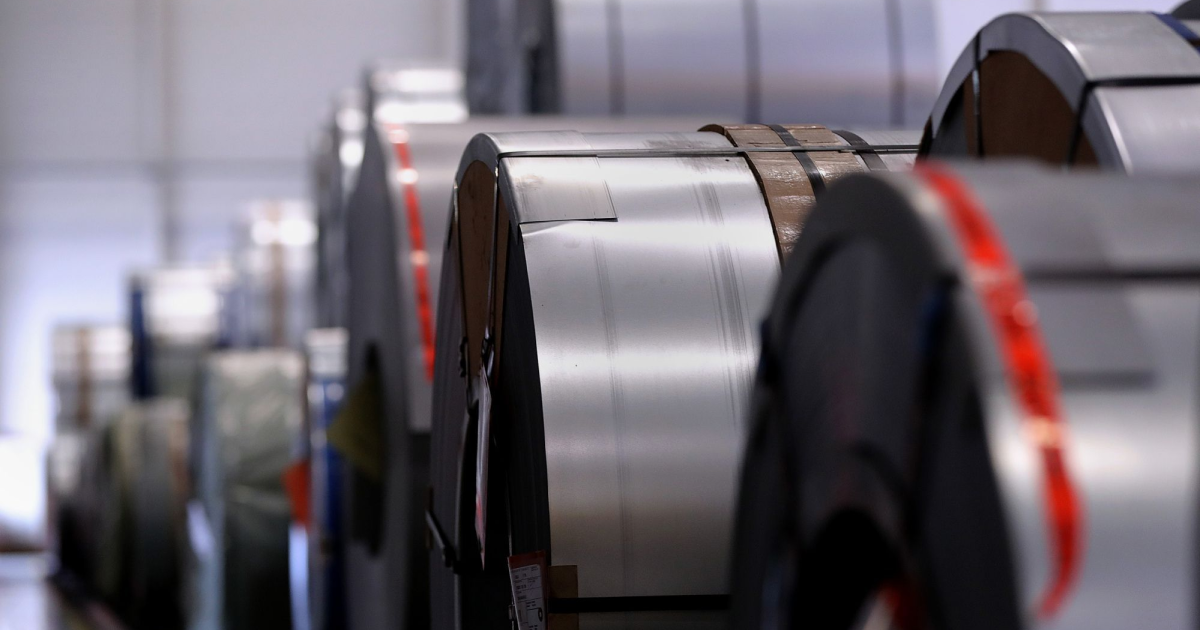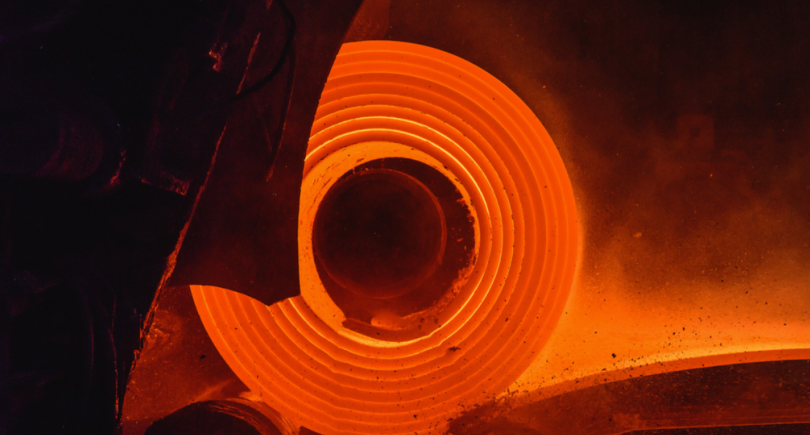
News Global Market EU 843 06 June 2025
The share of imports in EU steel consumption remains at historic levels despite declining supplies
In the first quarter of 2025, steel imports to the European Union declined slightly, but volumes remain at historically high levels. According to the European Association of Steel Producers (EUROFER), total imports – including semi-finished products – decreased by 9% y/y. At the same time, imports of finished steel products decreased by only 1% y/y.
The situation looks heterogeneous by product category. Imports of flat products declined by 4% y/y, in particular due to a 25% y/y drop in hot-rolled coils. On the other hand, shipments of galvanized coils (+9% y/y), cold-rolled steel (+26% y/y), polymer-coated steel (+24% y/y) and heavy plates (+17% y/y) increased. In the long products segment, the situation is reversed: total imports increased by 7% y/y, in particular due to the growth of rebar (+21% y/y), channels (+42% y/y) and, especially, shapes (+61% y/y).
The largest suppliers of steel to the EU in January-March 2025 were Turkey (16.4% of total imports of finished products), South Korea (13.5%), Vietnam (10%), Taiwan (8.8%) and China (8.3%). These five countries accounted for 87% of all imports. China showed the sharpest growth – +42% compared to the first quarter of 2024.
Despite a slight overall decline, imports remain at a level that has a significant impact on the European steel market. In 2024, its share in apparent consumption amounted to 27%, an almost record high. This puts serious pressure on European producers, who, in turn, are showing a decline in domestic supplies due to weak demand in steel-consuming sectors.
EUROFER warns that even a slight decline in imports does not mitigate the threat: maintaining high imports in the face of low demand intensifies competition, exacerbates trade imbalances and threatens the EU steel industry in the medium term.
Steel consumption in the EU continues to decline and, according to EUROFER’s forecasts, will decline for the fourth consecutive year in 2025. In particular, the association expects both real and apparent steel consumption to decline again – by 3.3% y/y and 0.9% y/y, respectively.




